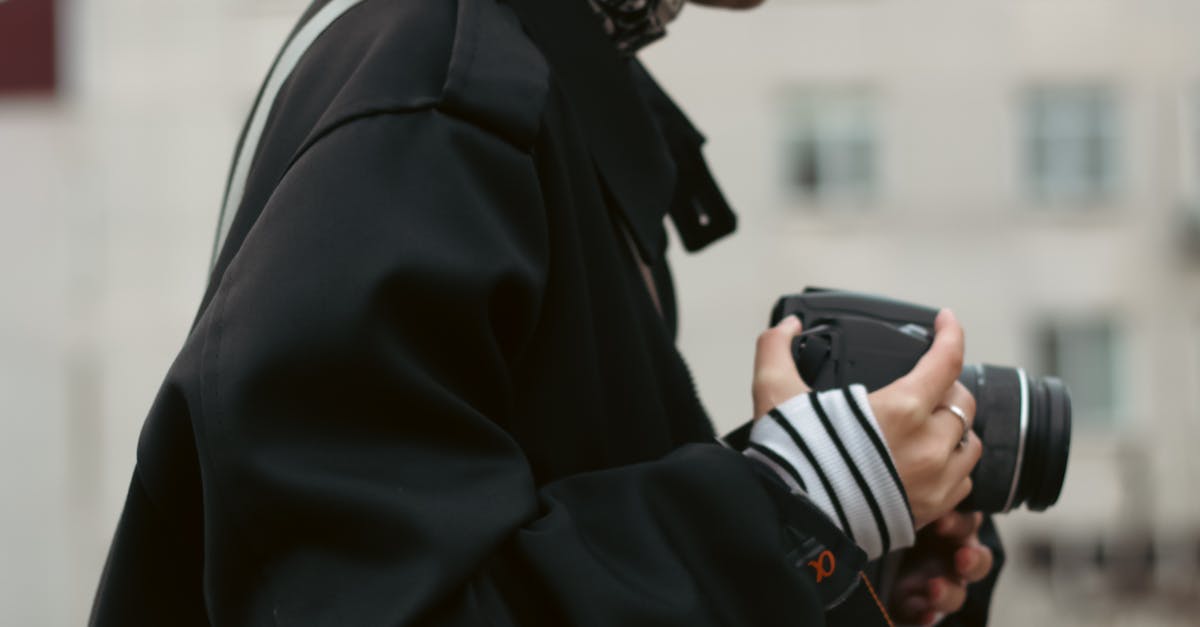The Future of Mini Sewer Cameras in Infrastructure Maintenance
Mini Sewer Cameras vs. Traditional Inspection MethodsMini Sewer Cameras: Choosing the Right Model for Your Needs
Understanding the Technology Behind Mini Sewer Cameras
Maintenance Tips for Truck-mounted Sewer Cameras
How to Choose the Right Truck-mounted Sewer Camera
Advantages of Using Truck-mounted Sewer Cameras
Portable Sewer Cameras: Enhancing Efficiency in Sewer Inspections
Safety Protocols for Using Portable Sewer Cameras
Troubleshooting Common Issues with Portable Sewer Cameras
Innovations in Crawler Sewer Camera Systems
In addition to improving the inspection process, adequate lighting also contributes to overall safety during sewer line inspections. Well-lit environments reduce the risk of accidents and injuries for inspectors carrying out the assessments. With sufficient lighting in place, inspectors can navigate through the sewer system with more ease, identify potential hazards, and work in a more controlled and secure manner, ultimately enhancing both the efficiency and safety of the inspection process.How to Choose the Right Portable Sewer Camera for Your Needs
Impact of Poor Illumination on Inspection AccuracyTroubleshooting Common Issues with Crawler Sewer Cameras Portable Sewer Cameras: A Comprehensive Overview
Limitations of Crawler Sewer Cameras
Maintenance Tips for Crawler Sewer Cameras
Best Practices for Operating Crawler Sewer Cameras
Understanding the Technology Behind Crawler Sewer Cameras
Comparison of Crawler Sewer Cameras with Other Types
Advantages of Crawler Sewer Cameras
Proper Techniques for Operating Pushrod Sewer Cameras
Comparing Pushrod Sewer Cameras with Other Types
Troubleshooting Common Issues with Pushrod Sewer Cameras
Understanding the Technology Behind Pushrod Sewer Cameras
Pushrod Sewer Cameras: A Cost-Effective Solution
Common Applications of Pushrod Sewer Cameras
Pushrod Sewer Cameras Maintenance Guide
Features to Consider When Choosing a Pushrod Sewer Camera
Introduction to Pushrod Sewer Cameras
Advantages of Using Pushrod Sewer Cameras
Mini Sewer Cameras: Enhancing Efficiency in Sewer Inspections